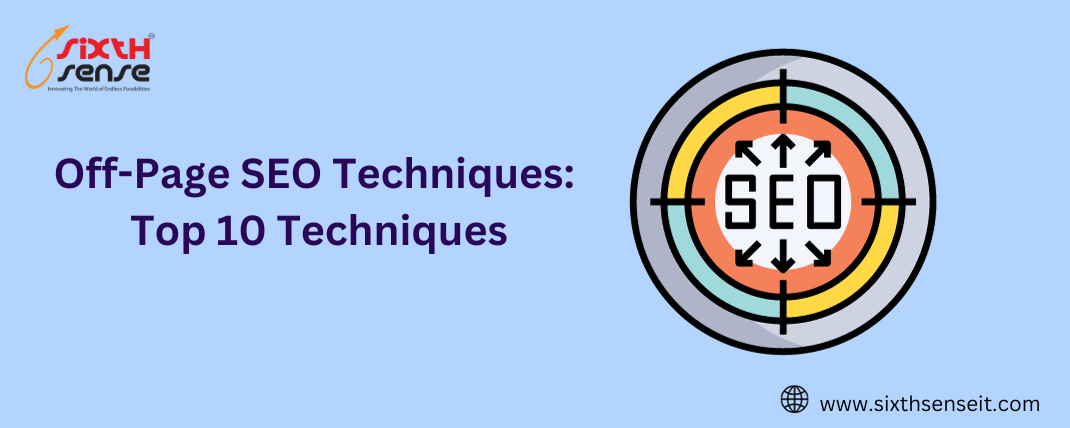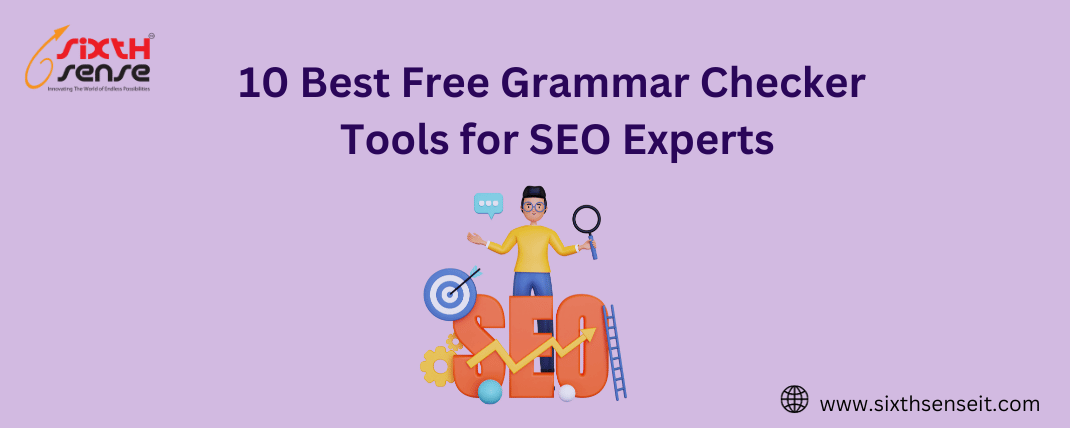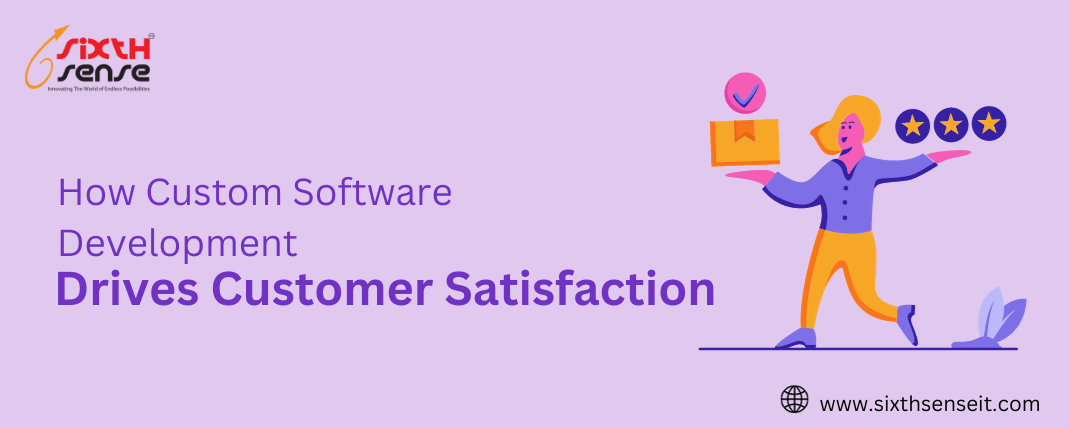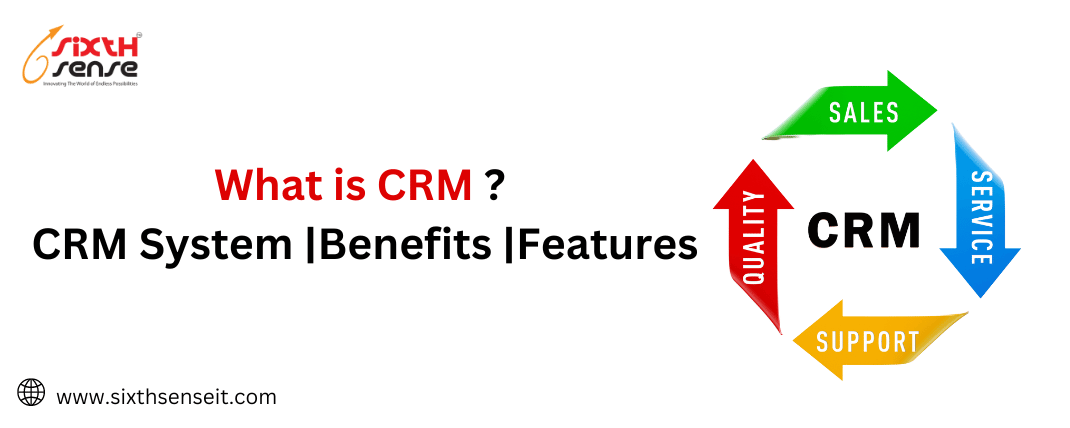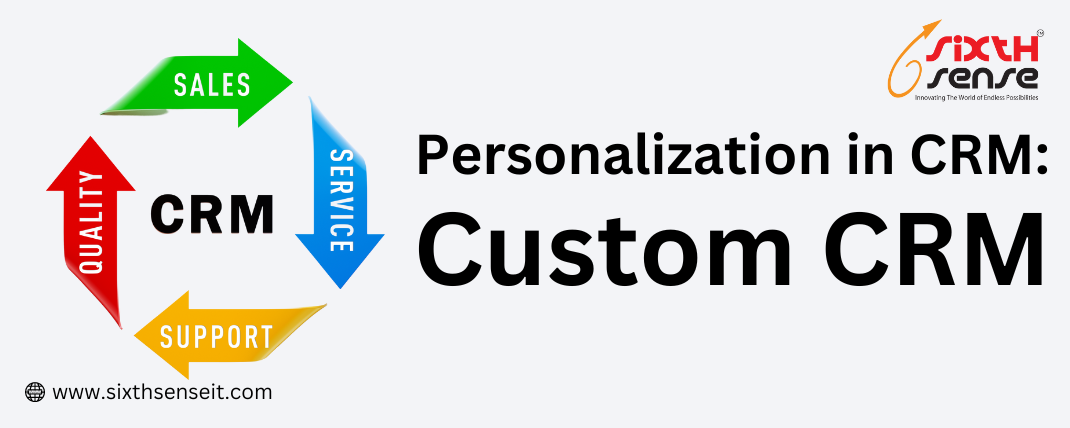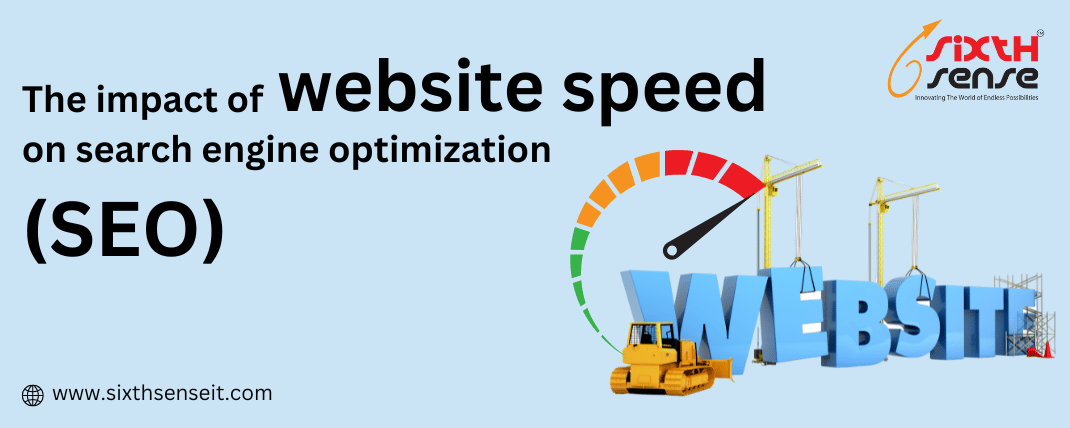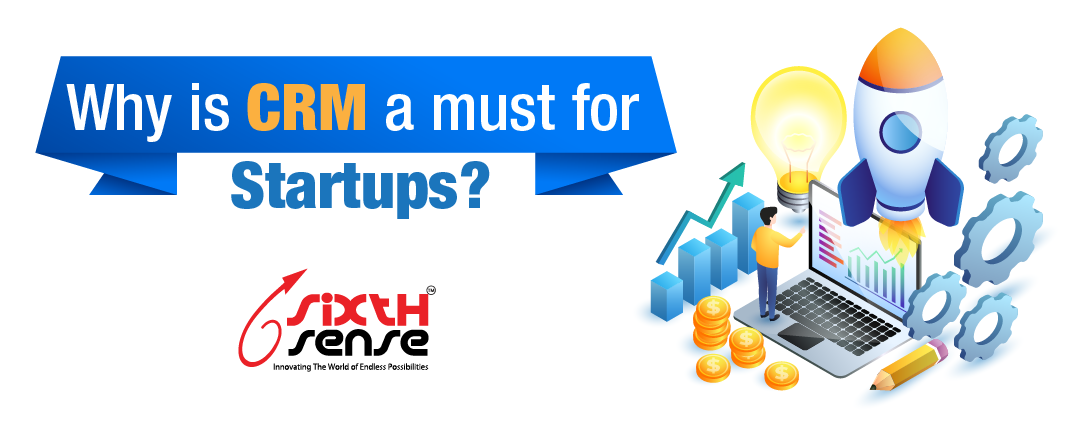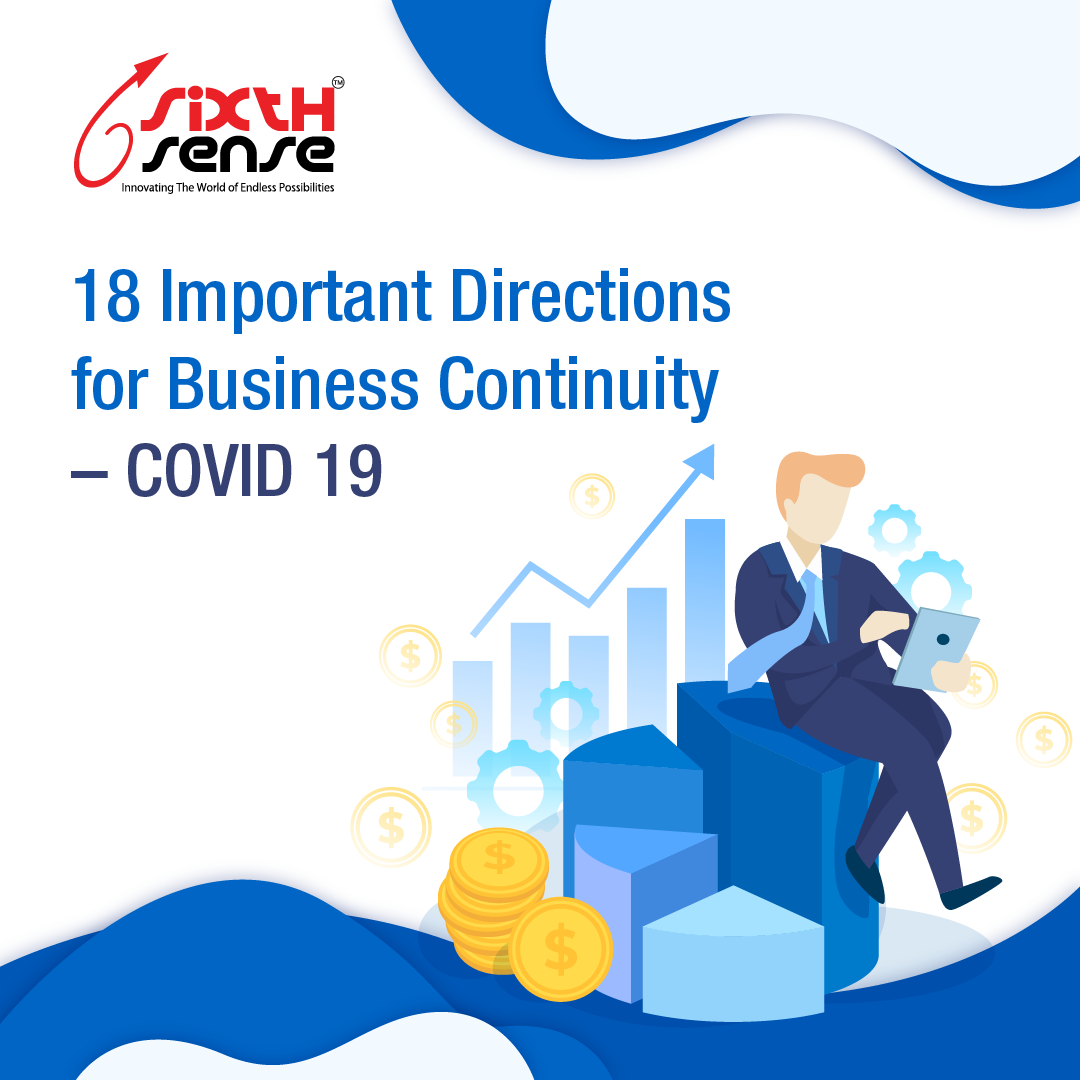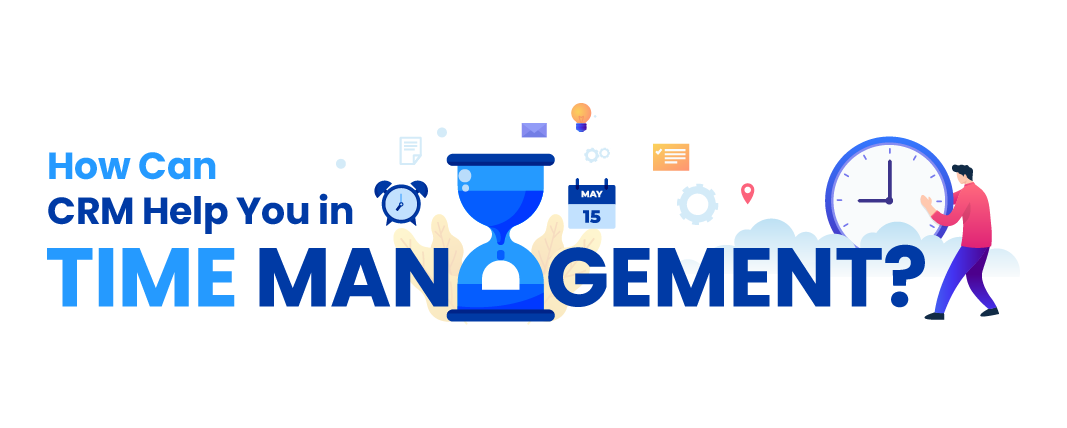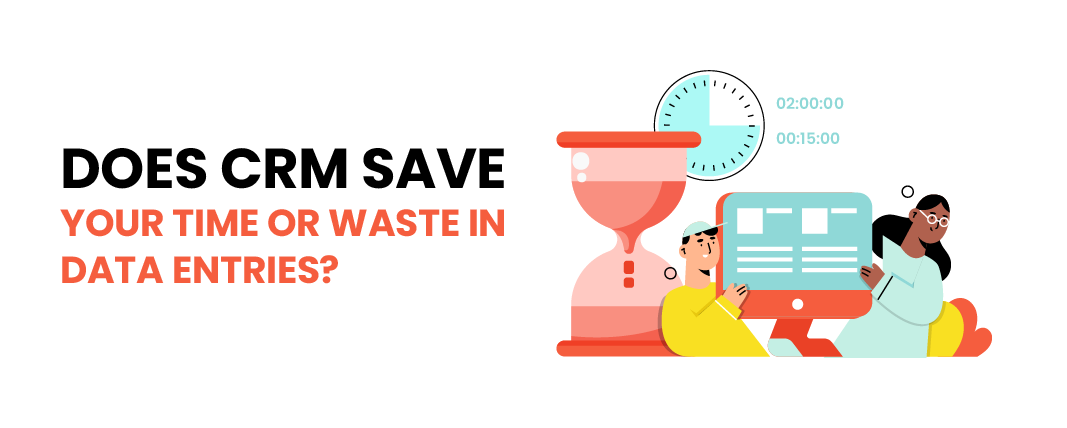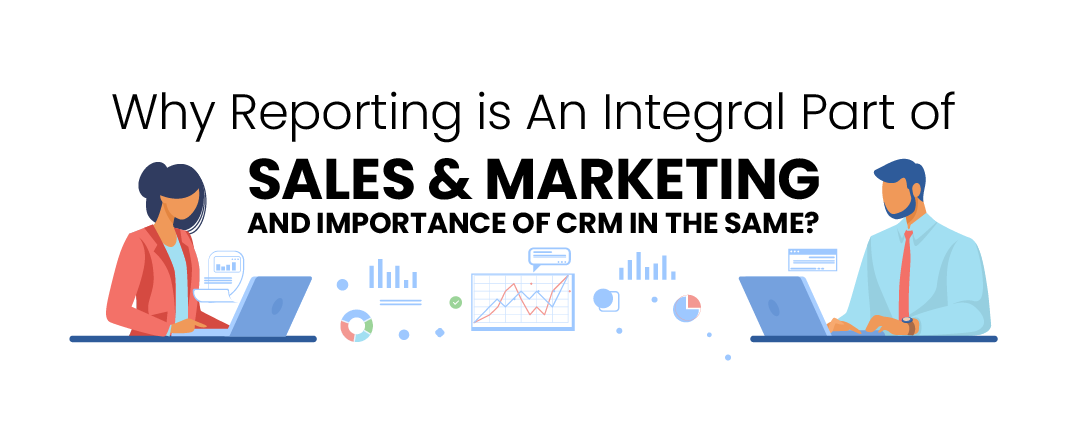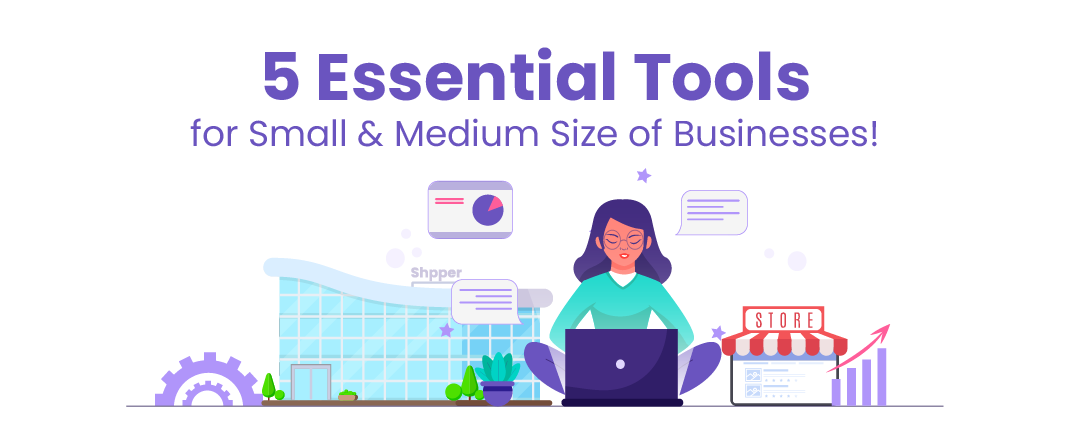
The Ultimate Guide to SEO in 2023


In the fast-paced digital landscape of 2023, the significance of SEO cannot be overstated. It's the driving force behind finding precisely what you need when you turn to Google, whether it's a step-by-step guide to fixing a flat tire or any other query. Without a solid presence on Google, your business faces an uphill battle in the online world. Marketers are acutely aware of the importance of SEO, making it one of the top trends to invest in this year.
In this comprehensive guide, we will demystify SEO, equip you with a winning strategy to bolster your online presence, and reveal the essential steps to ensure your website secures a prime spot in search engine results.
SEO, which stands for Search Engine Optimization, is the art of enhancing a company's visibility in organic search results. The objective of SEO is to attract more visitors to a website, consequently increasing the likelihood of conversions, customer acquisition, and revenue growth. In simple terms, SEO is the strategy that ensures when someone searches for a product or service related to your business, they find your website.
However, SEO is more complex than it may seem at first glance. It involves a multitude of techniques to improve the SEO of your web pages, encompassing elements like title tags, keywords, image tags, internal link structure, and inbound links (backlinks). Search engines also evaluate site structure, design, user behavior, and external factors to determine your site's ranking in search engine results pages (SERPs).
In essence, SEO primarily drives two critical factors: rankings and visibility. But fear not, this guide is here to simplify SEO into its fundamental components and guide you on how to create a successful SEO strategy tailored to your needs.
SEO operates by optimizing a website's content, conducting comprehensive keyword research, and acquiring inbound links to boost the content's ranking and enhance the website's visibility. While the impact of SEO efforts may not be immediate, as search engines must crawl and index your web pages, it is a long-term investment that can yield significant results.
Search engines utilize rankings to determine where a particular web page appears in the SERPs. Rankings range from position zero (the featured snippet) to the final position in search results. A web page's ranking may fluctuate over time due to various factors, including the page's age, competition in the SERP, or algorithm changes made by the search engine itself.
Search engine visibility refers to how prominent a domain is in search engine results. Low search visibility occurs when a domain does not appear for relevant search queries, while high search visibility indicates the opposite. Both visibility and rankings play a crucial role in achieving the main SEO objectives: driving traffic and building domain authority.
SEO offers a vital advantage: it allows you to position your brand throughout the entire consumer buying journey. As of July 2023, Google dominates the worldwide search engine market with a staggering 92.08% market share. Furthermore, consumers today prefer to independently navigate the majority of the buying process. SEO aligns your marketing strategies with this evolving consumer behavior, making it an indispensable tool for businesses in 2023.
Search engines have a single purpose: to provide users with the most relevant answers and information. They achieve this by analyzing four core factors:
User Intent: Understanding the meaning behind a user's query and how it aligns with the most helpful content.
Relevancy: Assessing the connection between the search query and the content on a page, including topics and keywords.
Content Quality: Using the E-A-T model (Expertise, Authoritativeness, Trustworthiness) to surface the most valuable content based on factors like expertise, authority, and trustworthiness.
Site Usability: Considering factors such as page speed, mobile-friendliness, and ease of content discovery.
Complex algorithms, known as search algorithms, analyze this information to rank pages. While the specific details of these algorithms are closely guarded secrets, SEO practitioners have identified various ranking factors. Following the E-A-T framework can greatly assist in establishing expertise, experience, authoritativeness, and trustworthiness, all of which are key factors for showing up in SERPs.
An SEO marketing strategy is a comprehensive plan to increase your website's traffic through search engines. A successful SEO strategy encompasses on-page tactics that use intent-based keywords and off-page strategies to acquire inbound links from other websites.
To optimize your website effectively, you need to focus on improving ranking factors in three key areas: technical website setup, content, and links.
For your website to rank effectively, three critical tasks must be accomplished:
Search engines must discover your pages on the web.
They need to scan your pages to understand their topics and identify keywords.
Your pages must be added to the search engine's index, enabling your website to appear for relevant queries.
However, there's a catch. Search engines view your web page differently from how you do. To them, it's primarily text. Consequently, any elements that cannot be rendered as text remain invisible to search engines. Technical setup, also known as on-site optimization, ensures that your website allows search engines to crawl and index your pages without obstacles.
Website navigation and links.
A simple URL structure.
Page speed.
Managing dead links or broken redirects.
Implementing sitemap and robots.txt files.
Avoiding duplicate content issues.
Content is the lifeblood of SEO. It's what users seek when conducting searches, and it plays a pivotal role in increasing search visibility. Keyword research is the foundation of content optimization, and it involves identifying and targeting phrases relevant to your business. The on-page optimization process, also known as on-page SEO, ensures that search engines understand a page's topic and keywords and can match it to relevant searches.
Keyword optimization in the post's title, URL, H1 tag, first 100 words of content, and meta-title and meta-description tags.
Optimizing image filenames and ALT tags.
Adding semantic keywords to improve relevancy.
Incorporating non-keyword-related on-page optimization factors such as external and internal links, content length, and multimedia elements.
Links, often referred to as backlinks, are references to your content from other websites. They are essential for enhancing a website's authority and popularity. However, not all links are created equal, and quality matters.
The popularity and trustworthiness of the linking site.
Relevance to your site's topic.
Trust in the linking domain.
The importance of link building strategies such as editorial, organic links, outreach, guest posting, profile links, and competitive analysis.
Effective SEO involves continuous monitoring to assess your progress and make necessary adjustments. Measuring SEO success involves tracking data related to organic traffic growth, keyword rankings, conversions, user engagement, top landing pages, number of indexed pages, and links growth. Local SEO, which focuses on positioning a business within specific geographic areas, is also crucial in 2023.
Local SEO is a variation of SEO that targets specific geographic regions. It ensures that your business appears prominently in local search results. With the rise of location-based searches and the increasing use of mobile devices, local SEO has become an indispensable part of the SEO landscape. Prominence, relevance, and proximity are the three core factors Google evaluates when determining local rankings.
Voice search and mobile SEO have become paramount in 2023. Voice search, driven by virtual assistants like Amazon's Alexa, Google Assistant, and Apple's Siri, is on the rise. Mobile optimization is no longer an option but a necessity, considering Google's mobile-first indexing, which primarily uses the mobile version of a site for ranking and indexing. Page speed, mobile-friendliness, and an adaptive user experience are essential for both voice and mobile SEO.
As of 2023, these are the SEO best practices you should follow:
SEO in 2023 is all about adaptability, innovation, and providing users with valuable content. As you embark on your SEO journey, remember that there is no one-size-fits-all solution. Your strategy should be tailored to your business's unique goals, industry, and audience. Regularly staying informed about the ever-evolving SEO landscape and the latest trends is essential to maintaining and improving your search rankings.
Incorporating the elements discussed in this guide will set you on the path to SEO success in 2023. As you embark on your journey to improve search engine visibility, keep in mind that patience and continuous optimization are key to achieving your SEO goals. So, start today, and watch your online presence soar to new heights. Good luck!















